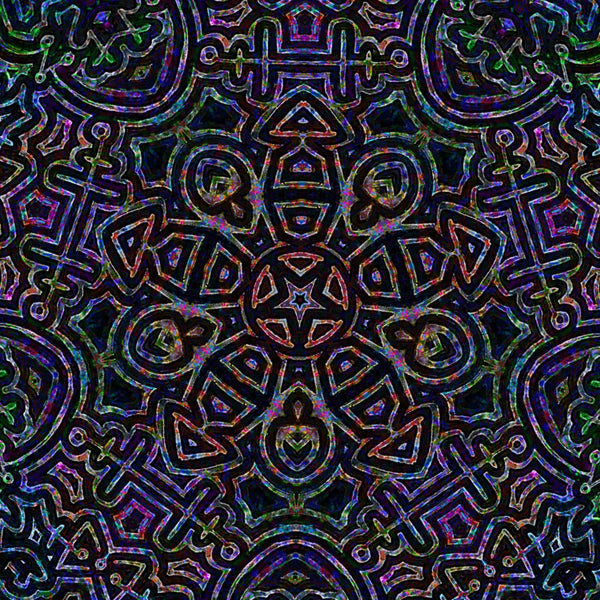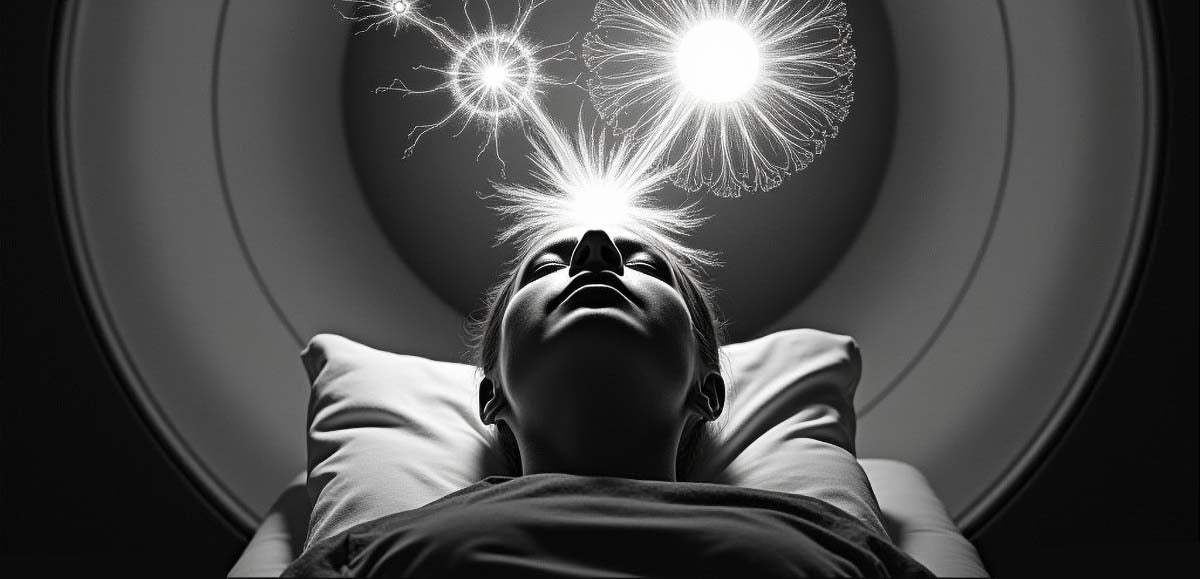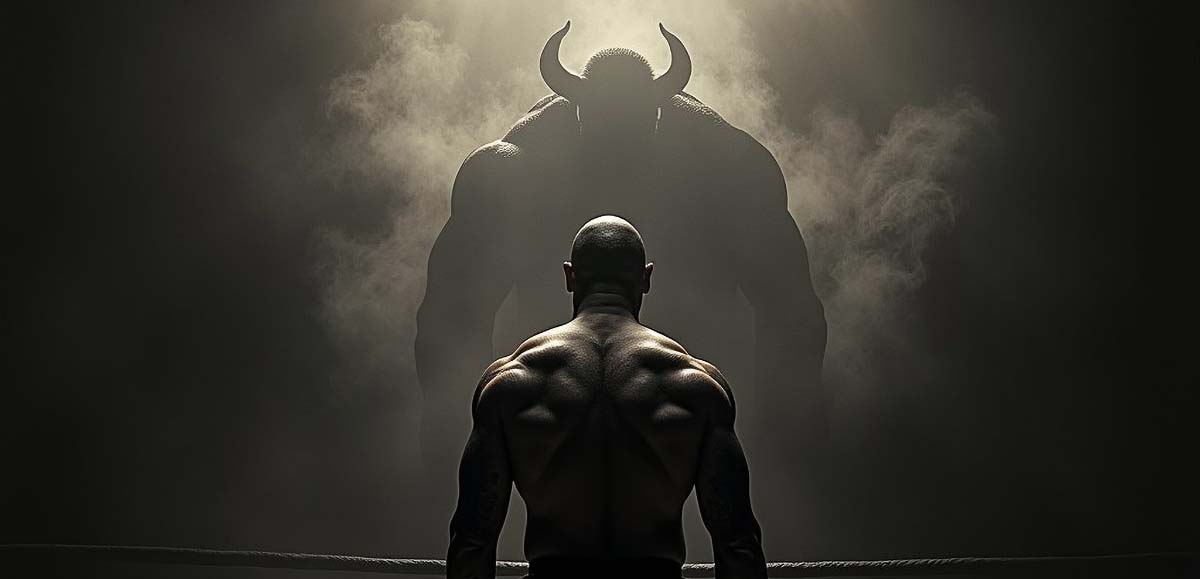Your Cart is Empty
Buy Any 4 Items, Get 15% Off Your Order!
Buy Any 4 Items, Get 15% Off Your Order!
The Evolution of Yokai in Japanese Culture: From Ancient Folklore to Modern Pop Culture
September 14, 2024

Born from the land, natural forces, and human emotions, Yokai have evolved from obscure regional tales to global pop culture icons. Their stories, shapes, and powers represent fear, curiosity, and a deep connection with nature and the unknown. But how did these obscure historical relics become timeless stars of Japan’s artistic and cultural heritage?
The Birth of Yokai: A Tale of Supernatural Origins

After returning from the underworld, the god Izanagi performed a cleansing ritual to wash away impurities from his journey. As the water fell from his body and seeped into the earth, it awakened something mystical—enigmatic creatures deeply entwined with Japan's natural world.
Yokai are supernatural entities born from a blend of Shinto beliefs, untamed natural forces, and local folk traditions. The Kojiki (Record of Ancient Matters), one of Japan’s oldest texts, contains the earliest Yokai origin story about the god Izanagi. These spirits often emerge from places of natural beauty or peril—mountains, rivers, and forests—fueled by strong human emotions. They manifest in countless forms, embodying Japan's rich and complex cultural landscape.
Kappa: Mischievous River Spirits

Kappa, mischievous water-dwelling yokai, originated from ancient Shinto beliefs about water deities. In agrarian societies, water was sacred, and kappa became a personification of the dangers associated with rivers and lakes. They were said to pull people, especially children, into the water. While feared for their trickery and violent tendencies, they were also seen as protectors of water sources and fields, reflecting the dual nature of yokai as both dangerous and beneficial.
Kappa are notorious for attempting to steal a mythical organ called the shirikodama (尻子玉), which is said to be located inside a person's anus! According to legend, the Kappa believed this organ contained a person's vital force or life energy. The creature would try to pull people into rivers or lakes to extract the shirikodama from their bodies. An unfortunate fate!
At the same time, the Kappa’s obsession with politeness—such as potential victims bowing to force them to return the gesture and spill the water on their heads that gives them power—highlights the supreme importance of proper etiquette in feudal Japan.
Kitsune: Shapeshifting Fox Spirits

In Chinese and Japanese mythology, fox spirits are believed to possess magical powers, such as the ability to morph their visual forms. Kitsune are closely associated with the deity Inari, the god of rice, fertility, and prosperity. Inari’s messengers are often depicted as foxes, making them both revered and feared for their power and mystery.
Kitsune often take the form of beautiful women to deceive lustful men, serving as a moral reminder to beware of illusion and temptation. Kitsune represent human greed, lust, and folly. However, not all Kitsune are malevolent. They are also protectors of the home, particularly when honored in shrines dedicated to Inari. In Japanese culture, foxes are considered cunning and clever creatures. The dual nature of Kitsune (trickster and guardian) reflects broader Shinto concepts of balance between good and evil.
Tengu: The Mountain-Goblin Birds

Tengu, bird-like creatures with red faces and long noses, originate from both Shinto and Buddhist traditions. Initially considered dangerous mountain spirits, they later evolved into protectors of forests and shrines. Early depictions of Tengu were demonic, often linked to natural disasters or leading travelers astray.
Over time, particularly during the Edo period, Tengu transformed into more complex figures. They became mountain guardians and wild, untamed nature spirits. Their association with ascetic Yamabushi mountain monks further established their role as protectors of spiritual knowledge and wielders of magical power. Despite this shift, Tengu remained mischievous, often tricking the arrogant or prideful, serving as enforcers of humility and respect for both nature and the divine.
Rokurokubi: The Long-Necked Yokai

The Rokurokubi, a yokai with the ability to stretch its neck to great lengths, emerged from more recent folklore, largely during the Edo period. Unlike other yokai with roots in ancient Shinto or Buddhist traditions, rokurokubi stories originated as cautionary tales, often focusing on women who had been cursed or possessed due to immoral behavior.
The stretching necks of rokurokubi symbolize the dangers of hidden transgressions. During the day, these women appear normal, but at night, their necks stretch out to spy or terrorize others. This duality represents the fear of secrets and repressed desires, making rokurokubi a representation of both societal fears and personal guilt. Their stories often serve as warnings about the consequences of immoral actions.
The Golden Age of Yokai: Edo Period (1603-1868)

The Edo period (1603-1868) was a time of peace, prosperity, and flourishing arts in Japan, and this era is often regarded as the golden age of yokai storytelling. With stability under the Tokugawa shogunate, creative expression blossomed, giving rise to forms such as kabuki theater, woodblock printing (ukiyo-e), and puppet shows. Yokai became a popular subject in these artistic outlets, capturing the imaginations of all social classes. As literacy grew, folklore and stories about yokai spread further across the country, reaching both the urban elite and rural populations.
One of the key figures who cemented Yokai into Japanese culture was Toriyama Sekien (1712–1788), a renowned folklorist and artist. He compiled extensive encyclopedias cataloging more than 200 yokai, documenting them through illustrations and stories. These books served as visual guides to Japan’s supernatural creatures and preserved many regional legends that might otherwise have been lost. Toriyama’s works not only captured traditional tales but also allowed the public to explore the wide array of mysterious beings in Japanese folklore, helping to standardize and popularize the many variations of yokai.
The Decline of Yokai: Meiji Period (1868-1912)
However, the fascination with yokai took a sharp turn during the Meiji Restoration (1868–1922). As Japan sought to modernize and emulate Western nations, the country’s focus shifted toward science, rationalism, and technological progress. The belief in supernatural beings like yokai was increasingly seen as outdated and superstitious. The government encouraged citizens to embrace modern scientific thinking, viewing traditional folklore as a hindrance to national development.
One of the leading figures in the movement to dispel belief in yokai was Inoue Enryō, a philosopher who aimed to debunk supernatural phenomena through science. Ironically, in his efforts to catalog and explain yokai from a rational perspective, he created one of the largest collections of yokai lore. While yokai may have lost favor with the government and intellectual elite during the Meiji period, they continued to survive in remote rural areas where folklore still held strong.
By the time Japan entered World War II, yokai had largely vanished from mainstream culture, swept away by modernization and the country’s growing militarization. However, this was not the end of the story for Japan’s supernatural creatures.
The Yokai Revival: The 20th Century

Despite the decline in the Meiji period, yokai would not remain hidden forever. In the 20th century, scholars like Yanagita Kunio (1875–1962) helped revive interest in yokai by treating them as valuable elements of Japan’s cultural heritage rather than mere superstition. Through his studies, Yanagita discovered that yokai could reveal much about the regional cultures of Japan—their values, fears, and collective imaginations. By understanding yokai, scholars could better understand the people and places they came from.
Yokai also made their way back into the mainstream thanks to manga artist Mizuki Shigeru (1922-2015). Raised on the yokai tales of his village’s wise woman, Mizuki began incorporating yokai into his manga, most notably in his series Gegege no Kitaro (ゲゲゲの鬼太郎). His works introduced the next generation to the yokai myths of the past and sparked a renewed interest in these creatures. Through Mizuki’s art, yokai became relevant once more, and their stories spread far beyond Japan.
Yokai Today: Pop Culture Icons

Today, yokai are a global phenomenon. No longer relegated to the status of folklore, they are seen in manga, anime, films, video games, and even Halloween costumes. From the mischievous kitsune (fox spirits) to the water-dwelling kappa, yokai have become integral to Japan’s entertainment industry. Creators like Shibashi Hiroshi (椎橋寛) have continued to keep these creatures alive in popular works like Nura: Rise of the Yokai Clan (ぬらりひょんの孫), introducing international audiences to these supernatural beings.
Yokai have transcended their mythic roots to become symbols of Japan’s unique blend of tradition and modernity. They are beloved characters, embodying the fears, mysteries, and curiosities that continue to captivate people worldwide.
Leave a comment
Comments will be approved before showing up.
Also in Sacred Surreal Blog
newsletter signup
Be the first to know about upcoming sales and promos. Get a 10% discount coupon when you subscribe!
Subscribe
Sign up to get the latest on sales, new releases and more …

Storewide Sale!
Buy any 4 items and get 15% off your total order! For a limited time only.



